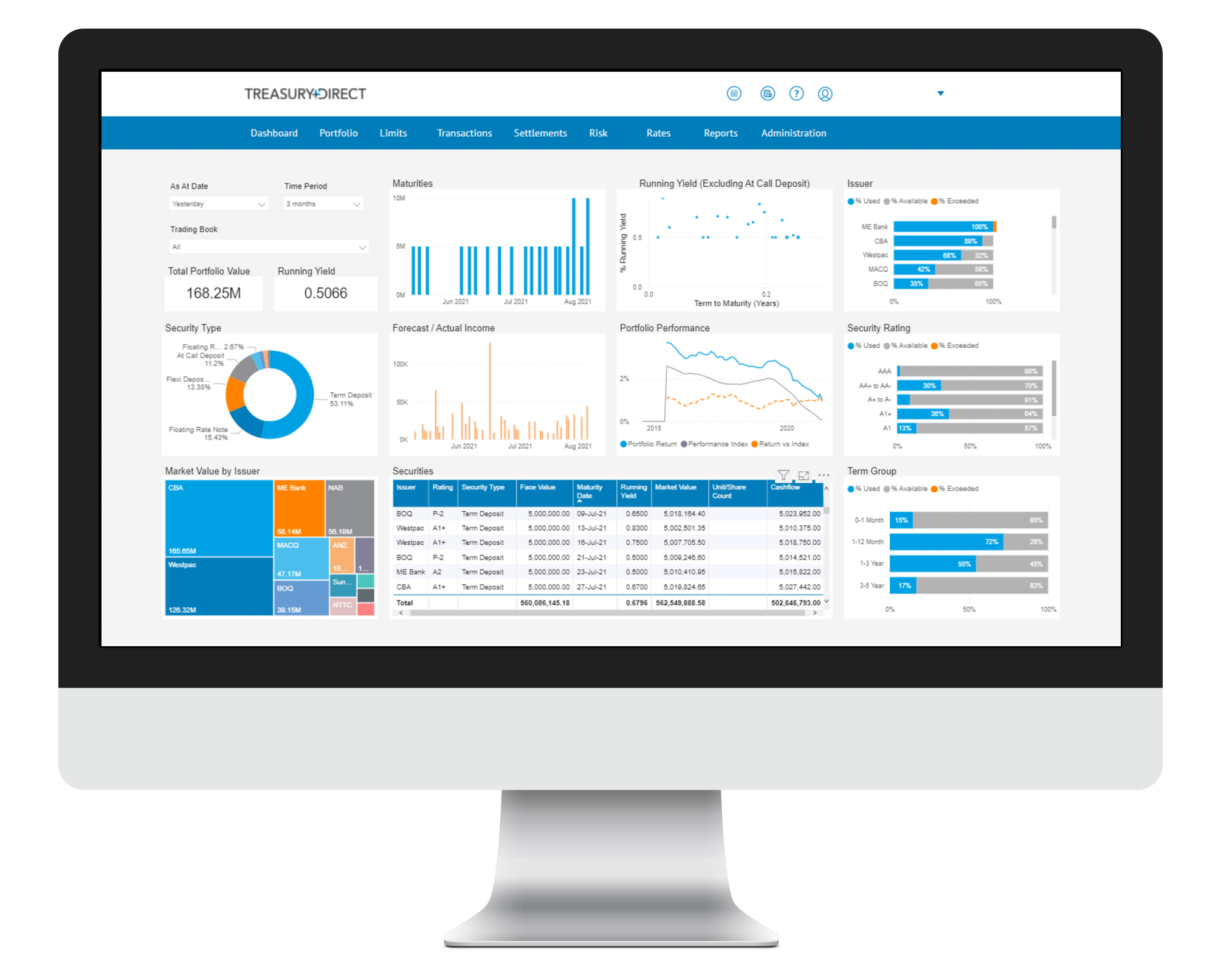Markets Overview
- ASX SPI 200 futures little changed at 8,984.00
- S&P 500 down 0.4% to 6,712.53
- Dow Average down 0.2% to 46,579.76
- Aussie down 0.6% to 0.6580 per US$
- US 10-year yield fell 2.4bps to 4.1288%
- Australia 3-year bond yield rose 2 bps to 3.57%
- Australia 10-year bond yield rose 5.4 bps to 4.39%
- Gold spot up 0.5% to $3,981.17
- Brent futures up 0.5% to $65.78/bbl
Economic Events
- 11:00: (AU) Australia to Sell A$1.2 Billion 4.25% 2036 Bonds
- 16:30: (AU) Sept. Foreign Reserves, prior A$103.9b
RBNZ looks set to cut rates; Bloomberg Economics’ base case is a 25-basis-point reduction, with the risk skewed toward a bolder 50-bps move. Australia’s home rental market tightened further in the third quarter, with the national vacancy rate sinking to a record low.
Wall Street traders sent stocks lower after a series of all-time highs spurred calls for a breather amid signs of buyer exhaustion. Bonds rose as a $58 billion Treasury sale drew solid demand.
The ebullience driven by artificial intelligence gave way to concerns about the rally being excessive after a $16 trillion surge in the S&P 500 from its April lows. Tech giants dragged down the index amid a report that Oracle Corp.’s cloud margins are lower than many estimate. Tesla Inc. sank over 4% after introducing new versions of its top-selling models priced at under $40,000.
Investor optimism has grown heated in recent months, with many investors seeming too busy chasing the upside to worry about risks like a US government shutdown and stretched valuations.
Goldman Sachs Group Inc.’s trading desk said last week bullish sentiment among clients was the highest since December. A sentiment tracker compiled by Barclays Plc has been near a level that indicates exuberance. A similar Bloomberg Intelligence measure went back to “manic” zone.
“A period of consolidation would not come as a surprise after such a strong recent run, but we believe the equity rally is underpinned by solid fundamentals that should continue to support the market,” said Ulrike Hoffmann-Burchardi at UBS Global Wealth Management.
The S&P 500 closed around 6,715. Oracle slid 2.5%. Dell Technologies Inc. climbed 3.5% after hiking estimates amid strong AI demand. US 10-year yields dropped three basis points to 4.13%. The dollar rose.
Traders also parsed remarks from Federal Reserve officials, with Governor Stephen Miran saying his expectations for a limited tariff impact on inflation mean the Fed can keep easing policy. Fed Bank of Minneapolis President Neel Kashkari warned that any drastic rate cuts would risk stoking prices.
“Profit-taking risks have rapidly risen across markets, and are particularly elevated for Nasdaq, potentially hampering further upside,” said Citigroup’s Chris Montagu.
Craig Johnson at Piper Sandler says he remains optimistic, particularly with macro tailwinds lifting the stock market. However, he believes there are subtle signs of diverging momentum that warrant vigilance, especially with over-extended stocks that have risen substantially in recent weeks.
“A brief consolidation or shallow pullback would be welcomed to set up better risk-reward opportunities,” he noted.
At Fundstrat Global Advisors, Mark Newton says “overbought conditions” are notoriously a poor reason to avoid owning US equities, as many investors realize that can likely persist and don’t have to specifically represent a reason for concern. Yet “it’s important to pay attention and not become overly complacent.”
“Of course valuations are moving higher. They usually do, especially after swift selloffs like the one we saw in April,” said Callie Cox at Ritholtz Wealth Management. “Now, we need to see earnings and economic data follow through.”
Cox says price-to-earnings ratios pushing towards extremes should encourage investors to rebalance.
“There’s still a lot of hidden value – or selloff protection – out there that could keep you cushioned against AI disappointment,” she noted.
Some Wall Street pros note that having multiple large technology stocks surge by double-digits in quick succession could be a sign that valuations have become disconnected from underlying fundamentals.
The moves come amid growing chatter about a bubble forming around AI as key players pledge billions of dollars in deals with a cohort of companies making infrastructure for the technology. As more money is spent, there’s mounting fear the trend will end in a crash the way it did 25 years ago following the dot-com euphoria.
Warnings that we’re seeing a repeat of the dot-com bubble are heard regularly, noted Louis Navellier at Navellier & Associates. The big difference is that this time, the players are huge companies with huge balance sheets and existing cash flow, he said.
“If profitability takes longer than expected, a few of the hardware suppliers will suffer operating losses,” Navellier added. “Nevertheless, with the market so heavily weighted to companies that are all-in on the AI bet, any serious setbacks on the prospects of AI profitability will have a serious impact on market indexes in the short term.”
With that said, Navellier noted investors shouldn’t worry about a stock-market bubble, “since as long as the analyst community is raising earnings estimates and the Fed is cutting key interest rates, we can invest confidently in A-rated stocks.”

